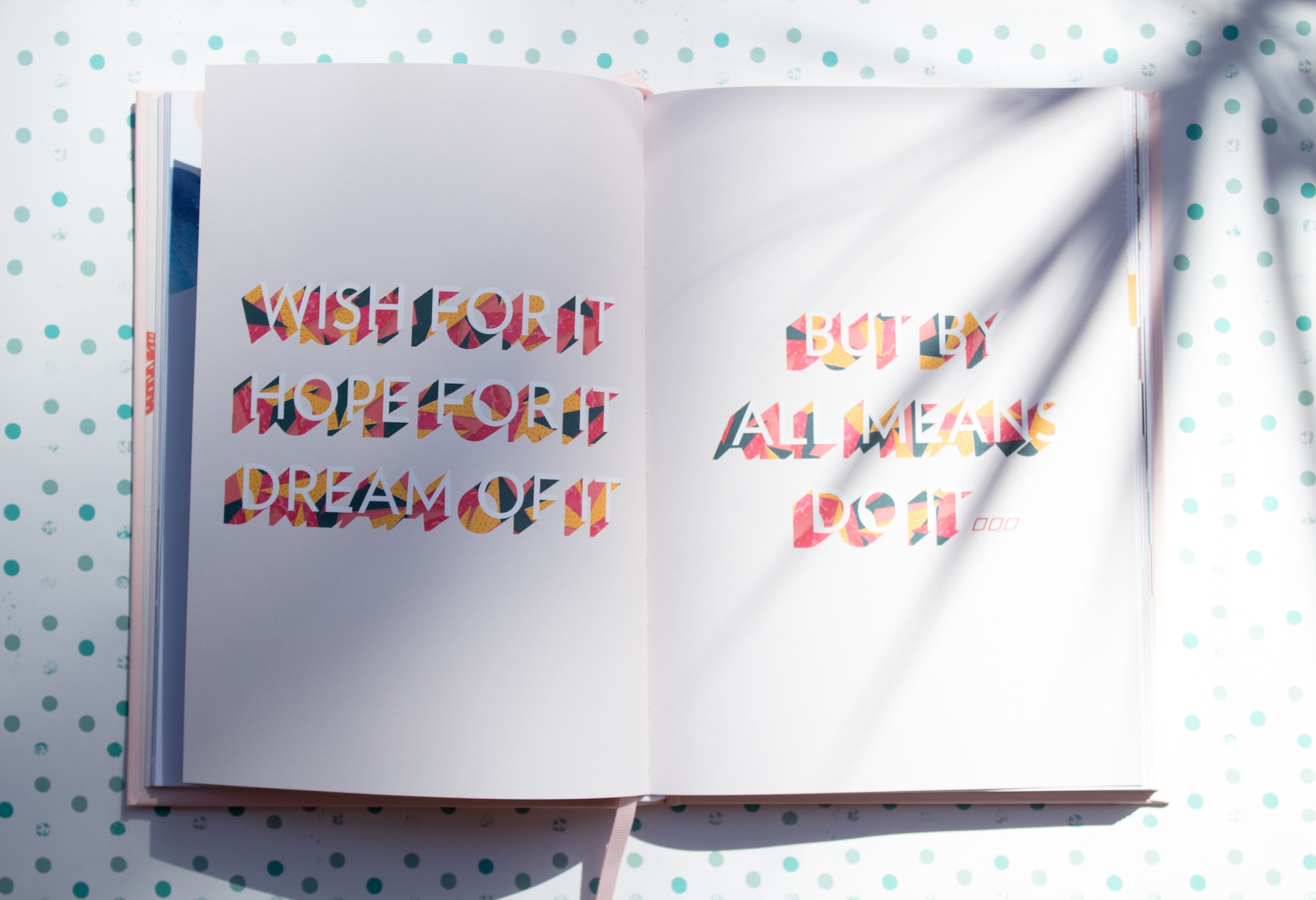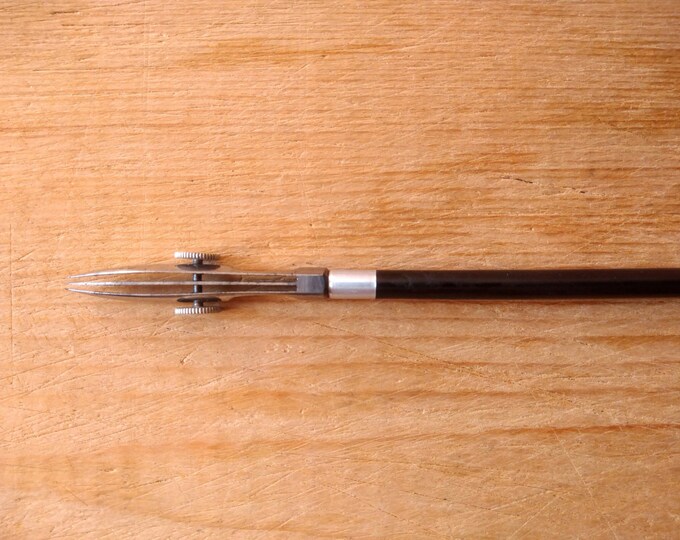
I don’t like arguing. Indeed, I hate that, and I highly avoid it (hello, people pleaser here), but I LOVE discovering different points of view about the years-long discussion about Islamic art.
If you are part of a Facebook group about Islamic art, you might have already read various comments from people vividly arguing about who is right and who is wrong.
I am not going to be the judge here because:
- I don’t have enough knowledge to do that.
- It’s hard for me to be partial when considering each person’s reasons.
Instead, I want to open a dialogue, ask questions and hear from you.
Now that I think about it, the debate can be divided into 3 arguments. So, let’s talk about them and look at the pros and cons.
1. CONSTRUCTION METHOD
This is by far the most heated part of the years-long discussion about Islamic art.
As you may know, there are different construction methods (traditional method, grid method, polygonal method etc.) that can be used to construct a geometric pattern. ***if you don’t know about these different construction methods don’t worry, I’ll make a blog post about them soon***
And, of course, some of the people endorsing these methods are arguing about which one is the correct one.
I really do get where all the parties come from. I bet it has happened to you as well to firmly believe in something, looking at your friends and family and be like “Oh my God, I don’t understand how can you not see this?”. We believe deep to our core that we are right and others are wrong, and we want kind of “save” them from the illusion. And this is exactly what is happening here.
On one hand, of course, we don’t want to dilute this amazing art form with mistakes and wrong methodologies, but who draws the line? What should be the standard? And if one method sounds logical, follows mathematical principles and can be applied to the majority of patterns, shall we consider it valid or not? As a beginner, how do you know if what you are looking at has been constructed properly?
2. THE “ISLAMIC” IN THE ART
Another debate about Islamic art revolves around the term “Islamic” we use to describe this type of art.
Many argue that each pattern should be called based on the country of origin. Thus, we should say Iranian art, Moroccan art, Turkish art, and so on.
Indeed, many patterns are distinctive in their area. Moroccan/Moorish patterns are different from Iranian/Persian ones. But how should we treat those that are common to many countries? The 8-pointed star alone can be found in almost all “Islamic” countries.
*** if you want to see the differences between each region I suggest you enroll in this FREE masterclass ***
Many also argue that “Islamic art” existed before “Islam” so why use that term to indicate it? At the same time, we don’t have to forget the spiritual and philosophical meaning that Islam infused in this type of art.
I think that finding a common term to indicate what we now call “Islamic art” is needed. It doesn’t necessarily have to be the word “Islamic”, but that is the one that has been used so far and changing it is a long process.
And this brings me to our next point.
3. A NEW TYPE OF ISLAMIC ART?
If I asked you what is “Islamic art”, what would you say?
The word Islamic art “refers to the monuments and remains of material culture made by or for people who lived under rulers who professed the faith of Islam or in social and cultural entities which, whether themselves Muslim or not, have been strongly influenced by the modes of life and thought characteristic of Islam” (Islamic Art and Architecture 650-1250).
Here in Italy, when we want to say that something is old, we say “It’s so 15-18” meaning the time Italy was in WWI 1915-1918. Well, I find that definition to be so 15-18.
With so many contemporary artists out there, defining what “Islamic art” is becomes increasingly difficult.
Of course, if something belongs to one of those categories (geometry, biomorphic and calligraphy), it’s easier to spot it. But what if a geometric pattern was created with the wrong proportions? Or what if the artist is a Muslim but paints people and animals?
You know better than me that contemporary artists love to break the rules and create abstract art that follows its own logic. Would we still call that “Islamic art”? Or would we stick to the tradition only?
Again, it’s hard to draw the line as the standard has not been created yet.
And here you are, my friends. This is the years-long discussion about Islamic art in its complexity and beauty.
Frankly speaking, the fruitless way of asserting what is ‘true” or not has not worked and caused more confusion than clarity. Especially for beginners. But these questions are legitimate. We just need a space to talk and answer them as a community.
I want to hear your views and where we should start for each of these 3 areas. What do you think really matters, and how can we start creating dialogue that is true to reality
The years-long discussion about Islamic art you should be aware of
September 25, 2023



+ show Comments
- Hide Comments